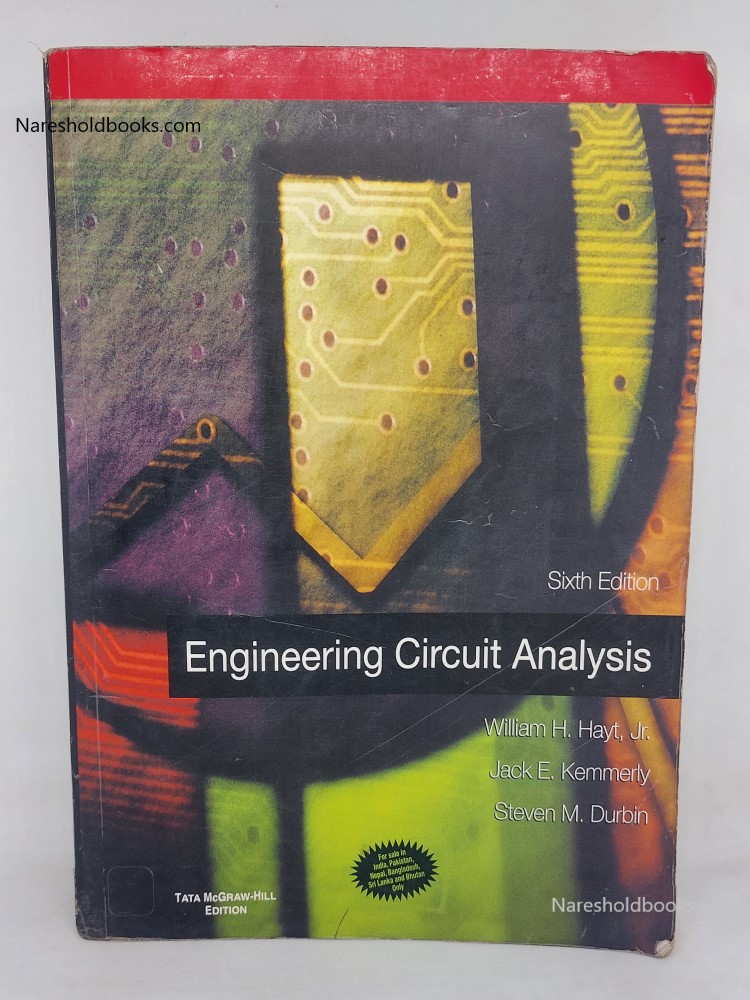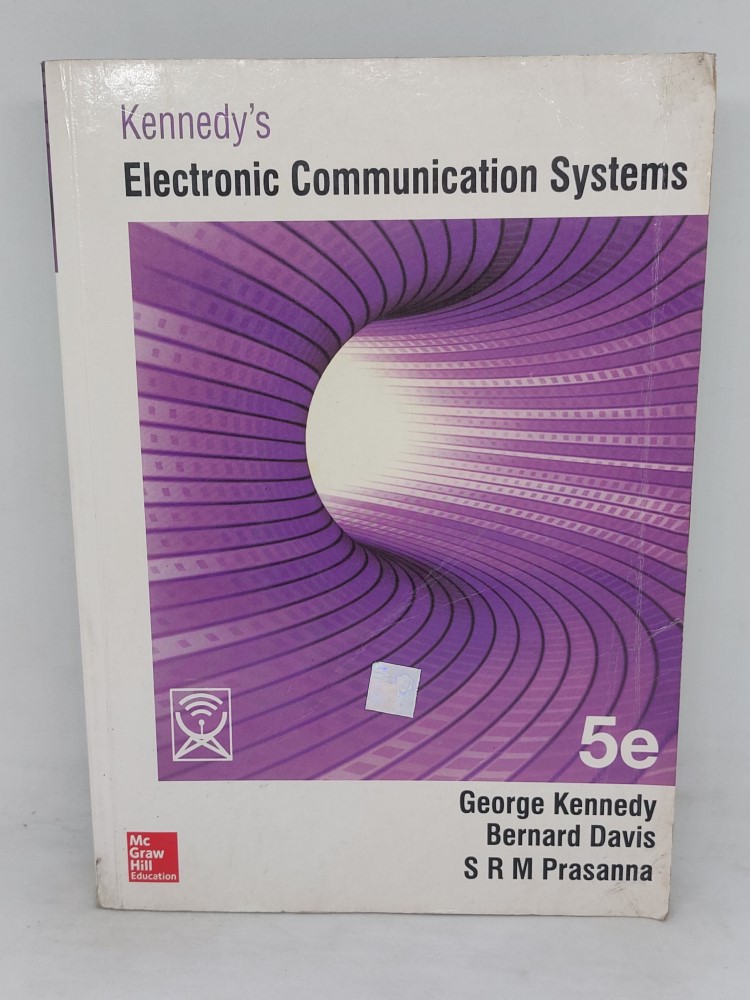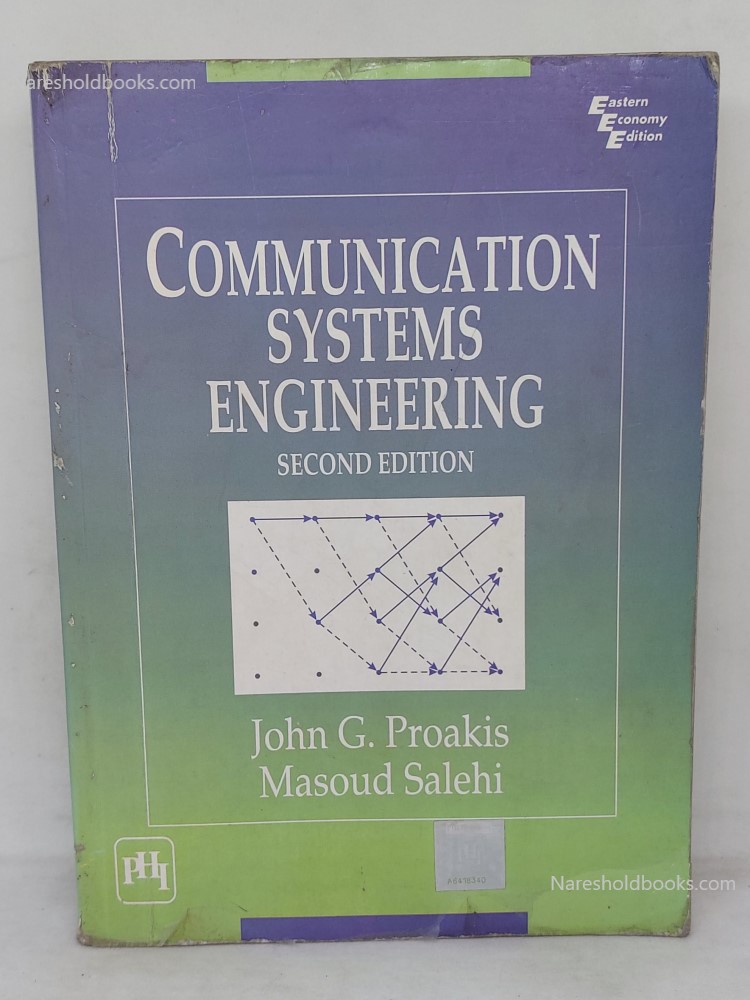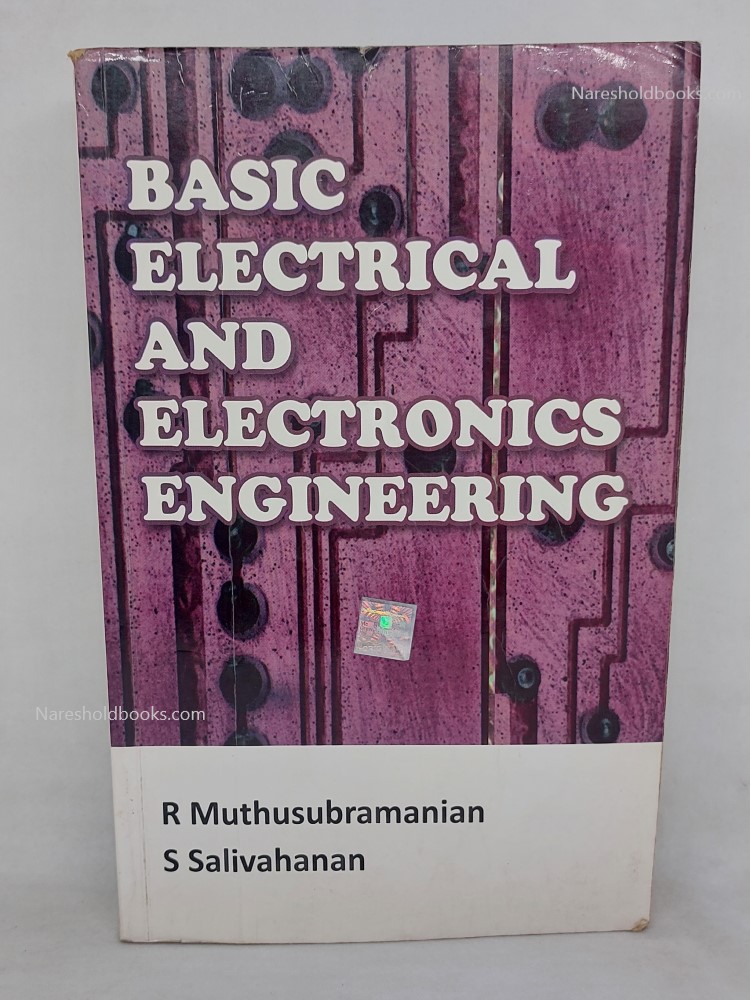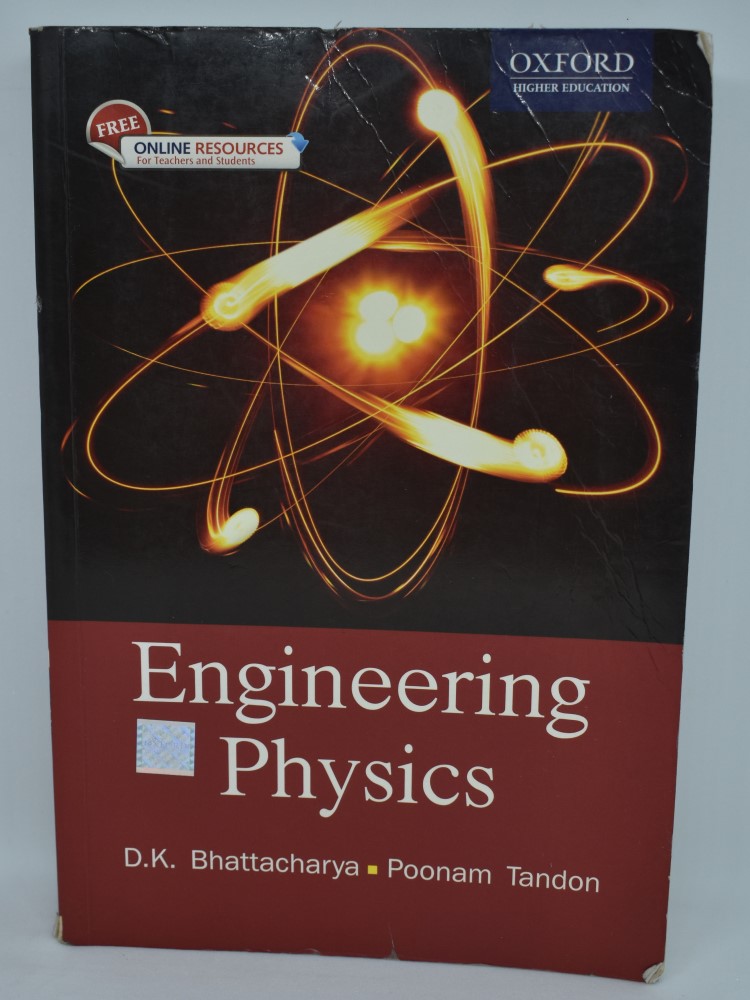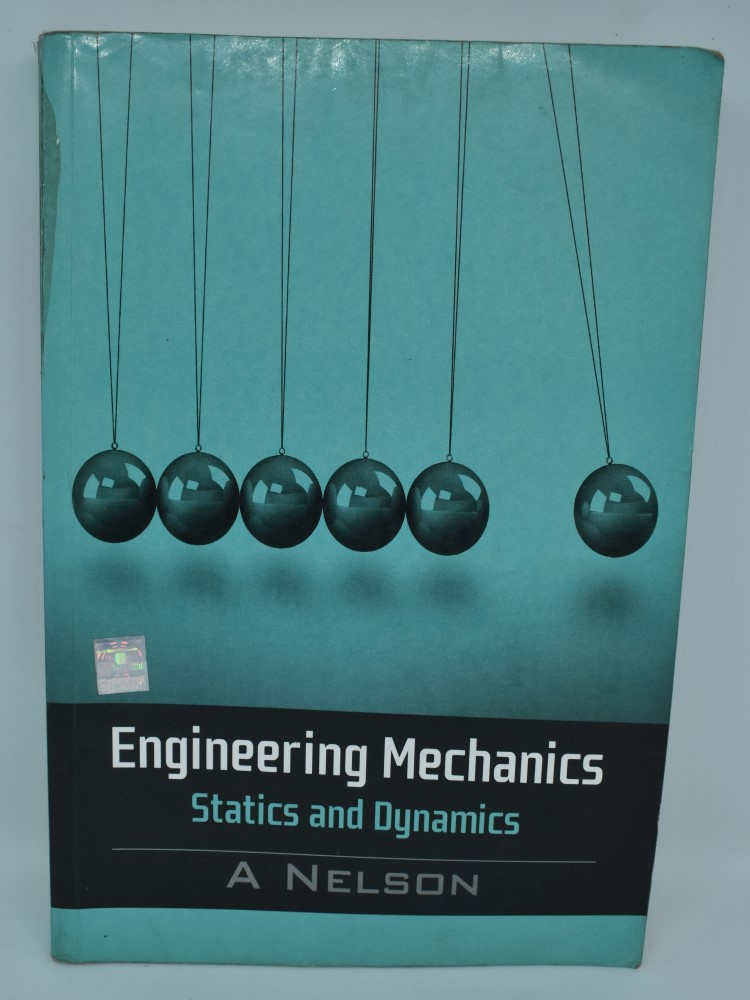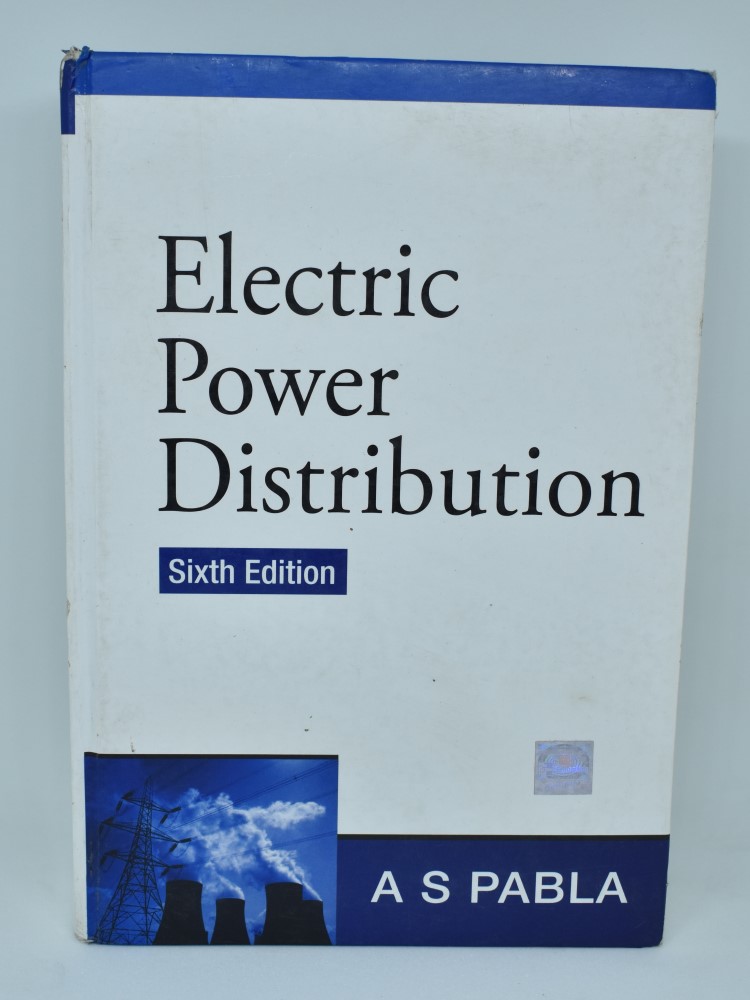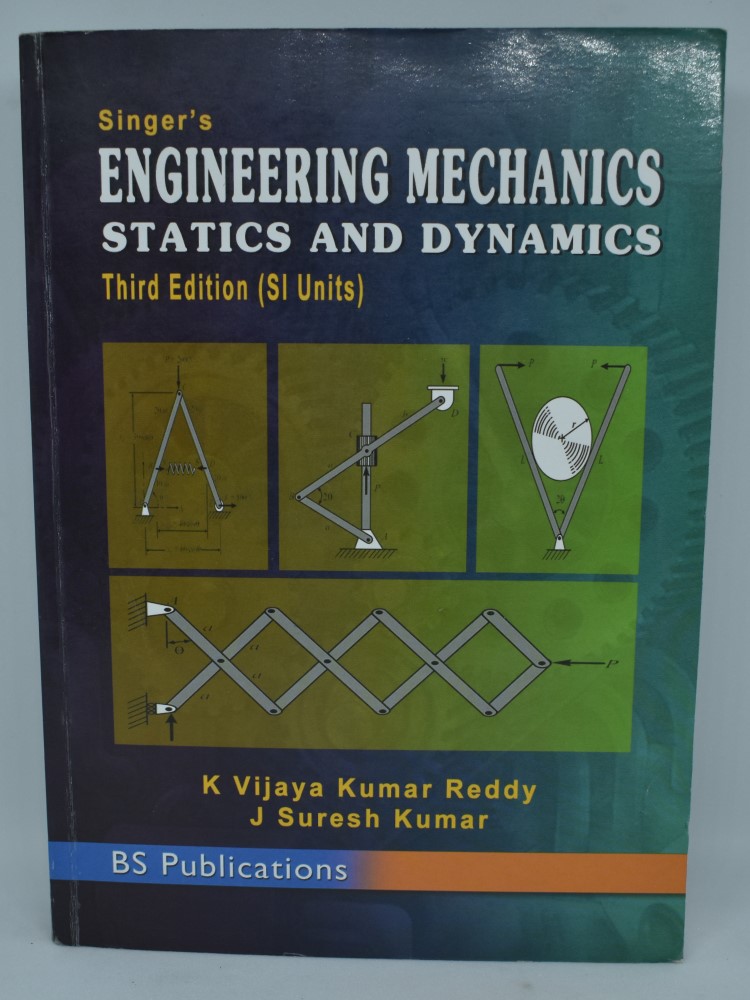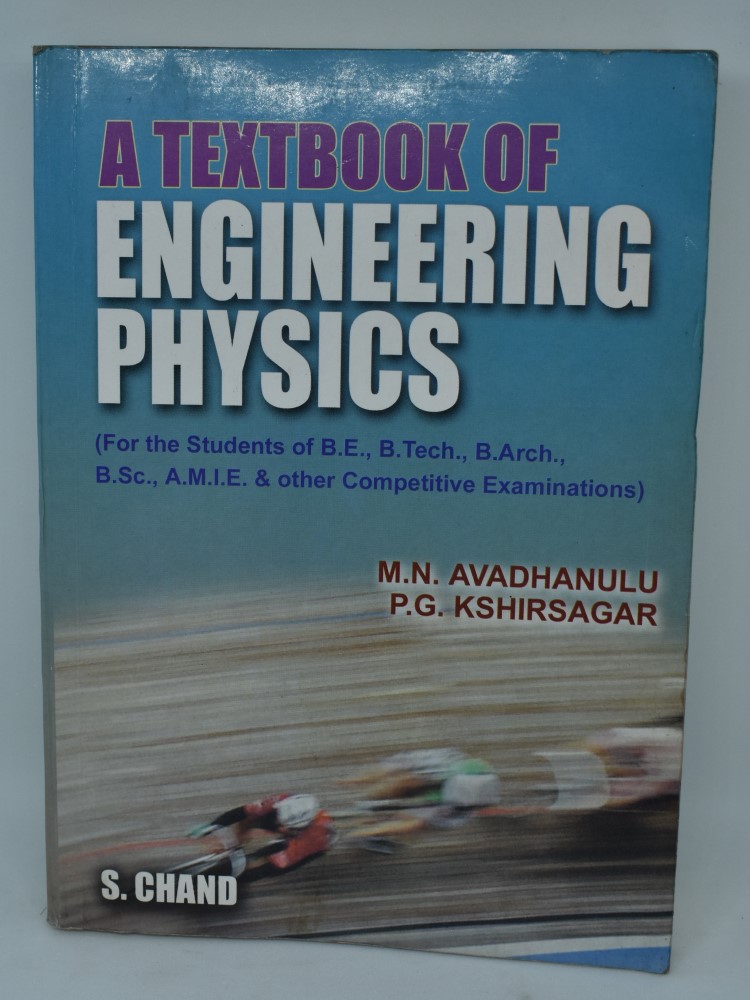Description
ENGINEERING CIRCUIT ANALYSIS has a long tradition of helping students develop a strong intuitive understanding of linear circuit analysis. The new sixth edition continues that tradition and retains the philosophy that problem-solving can be fun. Electrical engineering concepts are made clear through the authors use of many practical examples, expanded explanations of important topics, and the addition of new material.
Some key features of the sixth edition are:
- The treatment of basic (de) circuit analysis has been greatly expanded from two chapters to six chapters and includes a new operational amplifier chapter (6).
- Several new sections have been added, including discussion of how to choose from among the circuit analysis techniques explained in the text and the design of basic filter circuits from an audio application perspective.
- Practical Application sections have been added to every chapter to provide a connection between theory and the real world.
- Selected topics have been reorganized for greater clarity, including complex frequency, Laplace transform, sinusoidal steady-state response, and time domain analysis.
- PSpice and MATLAB examples have been introduced at appropriate places in many chapters. Computer-aided engineering used as an aid to, not substitute for, developing problem-solving skills. Computer-aided analysis is also introduced in selected homework problems to encourage students to compare hand calculations to simulation-generated results.
- Goals and objectives in each chapter help the reader to master the most important concepts before moving on to the next chapter.
- Key points and common mistakes are highlighted with margin notes and icons.
- A supplemental CD-ROM, called Virtual Professor, is packaged with every text. The Virtual Professor is a tool designed to help students grasp important, and often difficult, concepts found in the book. There are ten tutorials on the Virtual Professor CD for topics including using KCL and KVL to analyze simple circuits, time-domain analysis problems, circuit analysis using PSpice, Phasor analysis problems, etc.
- An Online Learning Center for the book can be found at http://www.mhhe.com/hayt6e. The OLC contains solutions for instructors, PowerPoint sides of important figures, network analysis tutorials, FE Exam Review Questions, errata, et. al.

